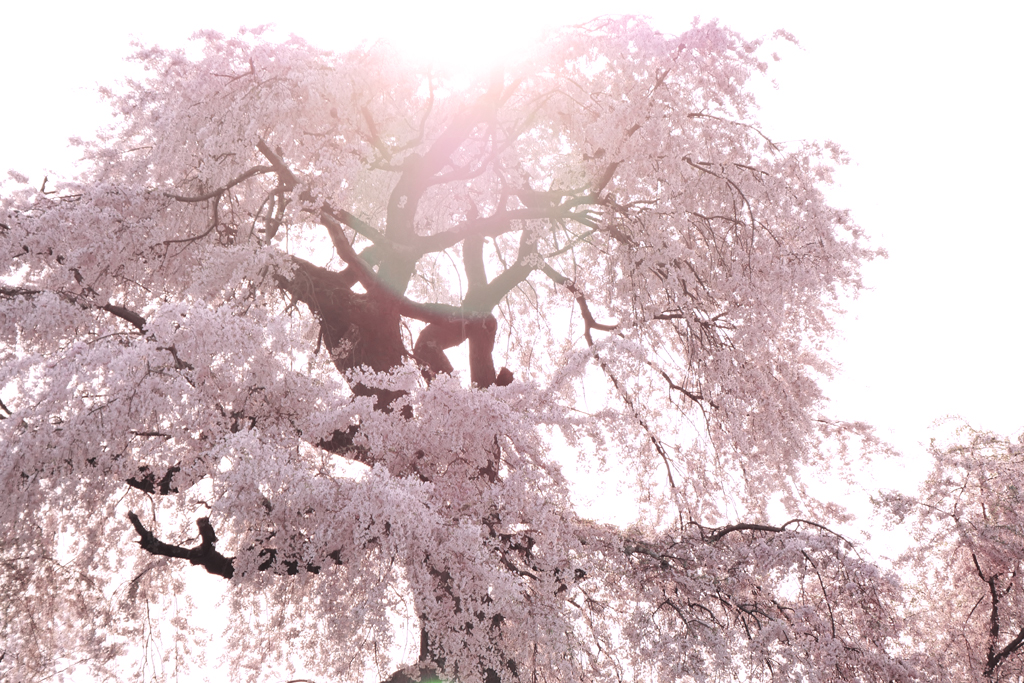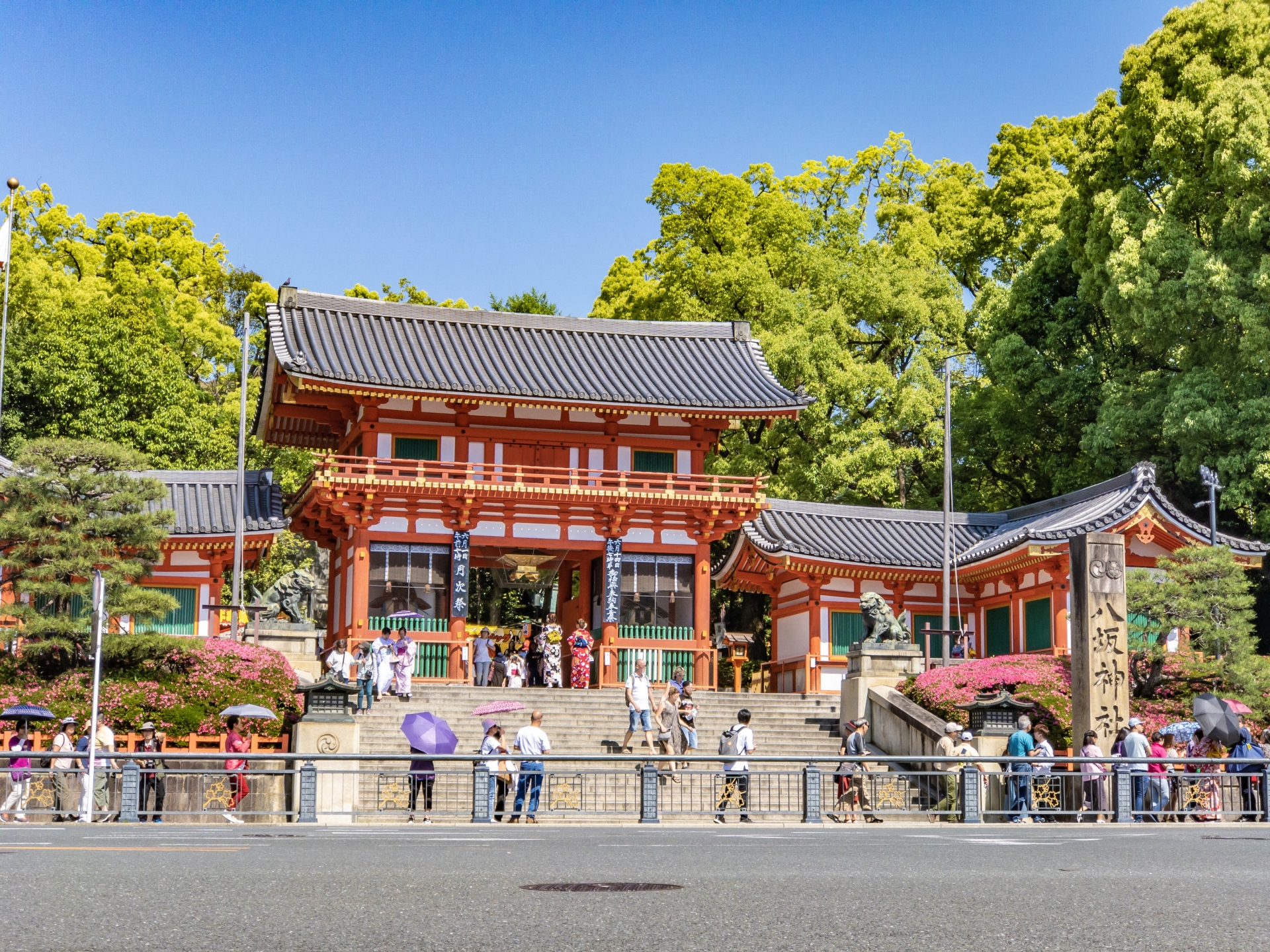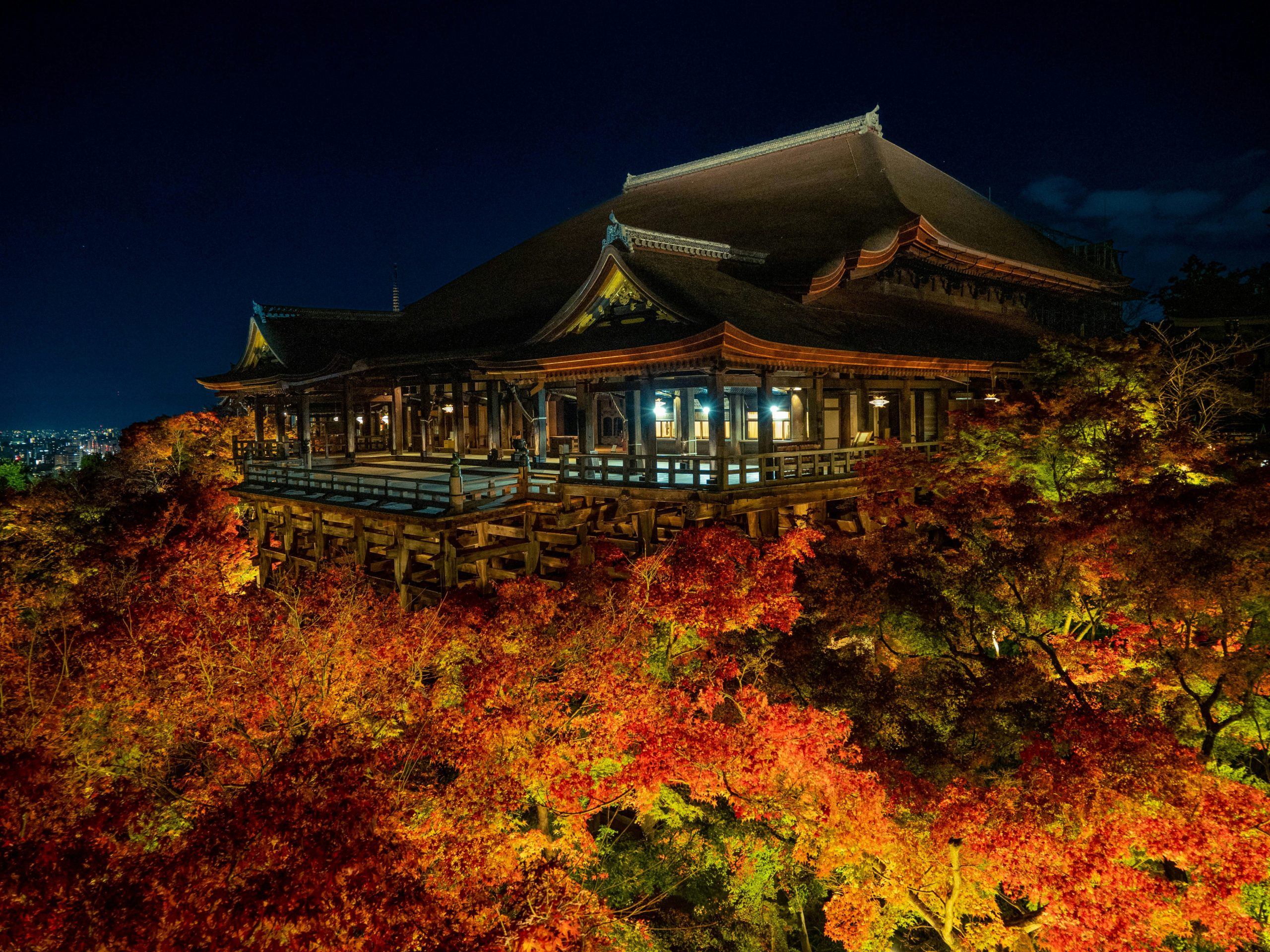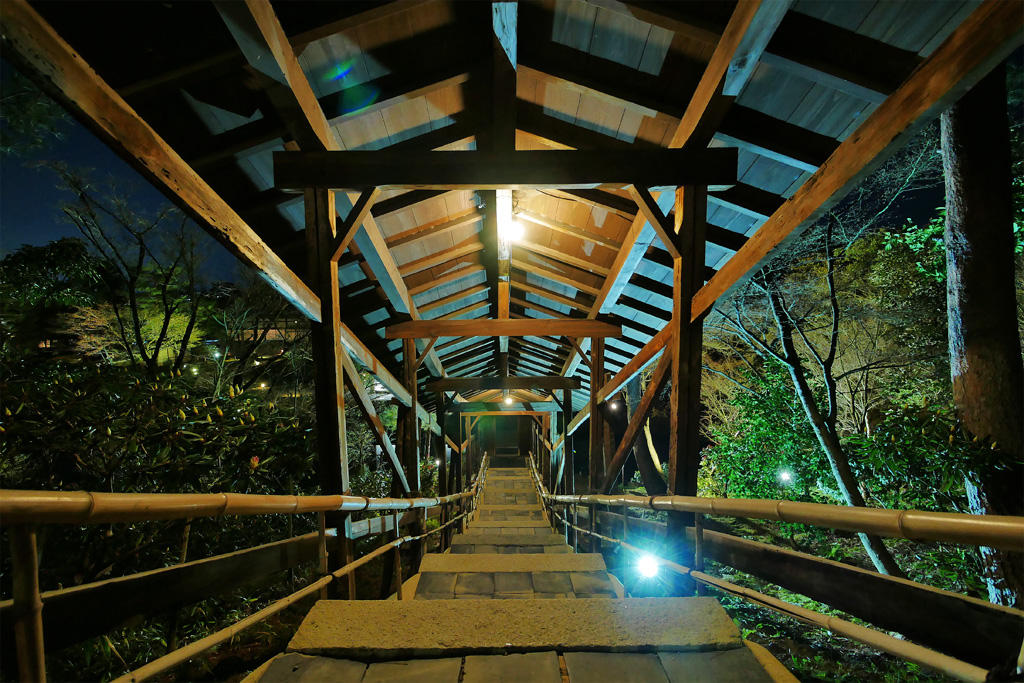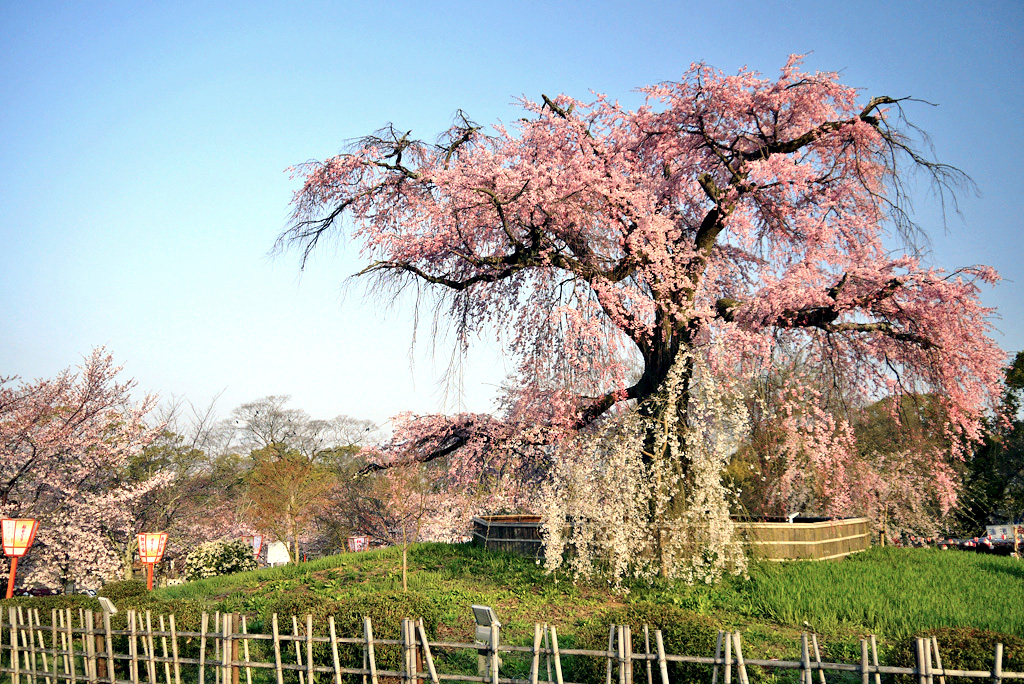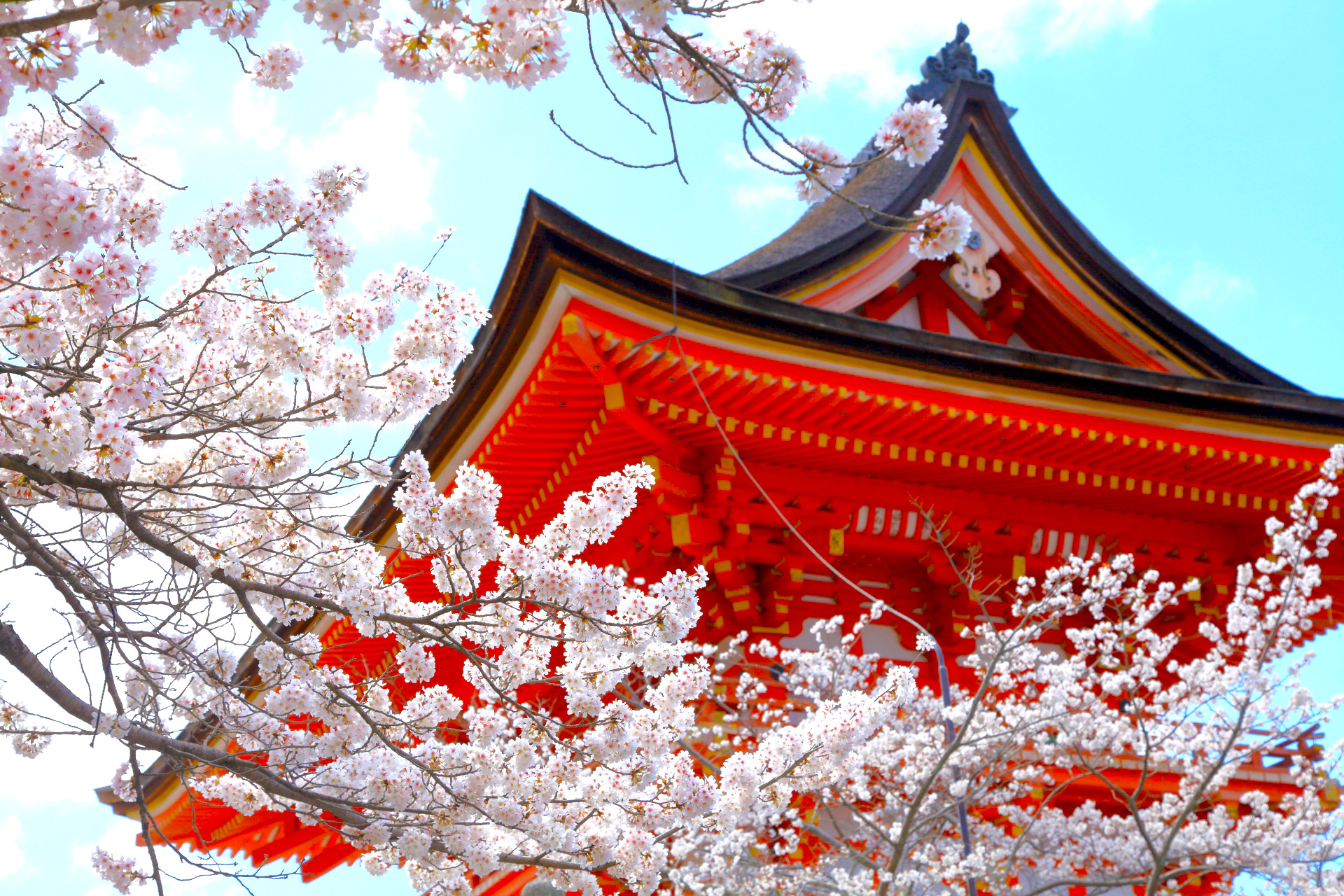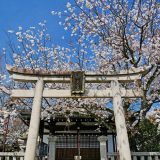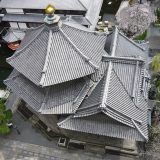

Table of Contents
What is Kodaiji Temple?
Kodaiji Temple, founded in 1606, is a temple of the Kenninji school of Rinzai Zen Buddhism. It was built by relocating part of Fushimi Castle, which was the residence of Toyotomi Hideyoshi. It is considered a representative example of the Momoyama Period architectural style, and many important cultural properties stand in the precincts of the temple.
Basic Information
| Name of temple | Kodaiji Temple |
| Hours of operation | 9:00-17:00 |
| Admission fee | Adults 600 yen, Junior high and high school students 250 yen |
| Parking lot | Available (parking fee required) |
| Location | 526 Shimogawara-cho, Kodaiji, Higashiyama-ku, Kyoto 605-0825 |
| TEL: 075-561-9966 | 075-561-9966 |
| Official website | https://www.kodaiji.com/ |
Features and Highlights
- A temple associated with Hideyoshi Toyotomi and Kita Masasho
- Kodaiji Maki-e, a masterpiece of Momoyama Period lacquer craftsmanship
- One of the best places in Kyoto for viewing autumn leaves and cherry blossoms
- Enshu Kobori’s pond garden
Otamaya (mausoleum): The mausoleum dedicated to Hideyoshi and Kita Masasho is the most famous building in Kodaiji Temple. It is decorated with “Kodaiji maki-e,” the pinnacle of Momoyama period lacquer craftsmanship, and its exquisitely colored decorations create a luxurious and gorgeous atmosphere.
Kaisando-Do: A precious building that has remained from the time of the temple’s founding, it has a beautiful appearance that blends in with the lush green landscape. Don’t miss the “Kangetsudai” (moon-watching platform), where Kita Masasho is said to have gazed at the moon in memory of Hideyoshi.
Hojo Garden “Hashinniwa”: This dry landscape garden, created by Enshu Kobori, is designated as a national place of scenic beauty. It is decorated with colorful sand designs for each season, changing its expression depending on the angle of view. In spring, weeping cherry trees are in full bloom and visitors can enjoy the beautiful contrast between the cherry blossoms and the white sand.
Kodaiji maki-e: One of the lacquer craft techniques, maki-e is characterized by sprinkling gold powder on black lacquer to make patterns appear. The Kodaiji maki-e on the kitchen of the mausoleum and the Shumidan (altar) is a masterpiece of Momoyama period art and culture.
Kaisando-no Tsukinomidai: The ” moon-viewing platform” where Kita Masatoshi is said to have gazed at the moon with Hideyoshi is located in the covered corridor connecting Kaisando-no Tsukinomidai and the tea ceremony room, Kasa-tei. It is a superb spot from which to view the city of Kyoto from a high vantage point.
Un’i-an: A teahouse on the temple grounds where visitors can enjoy a cup of green tea and a view of the beautiful garden. Especially during the autumn foliage season, the colorful foliage is reflected on the surface of Garyu Pond, which is breathtakingly beautiful.
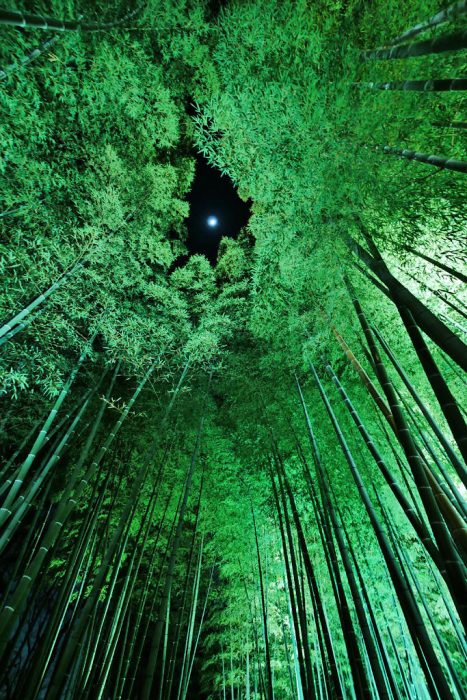
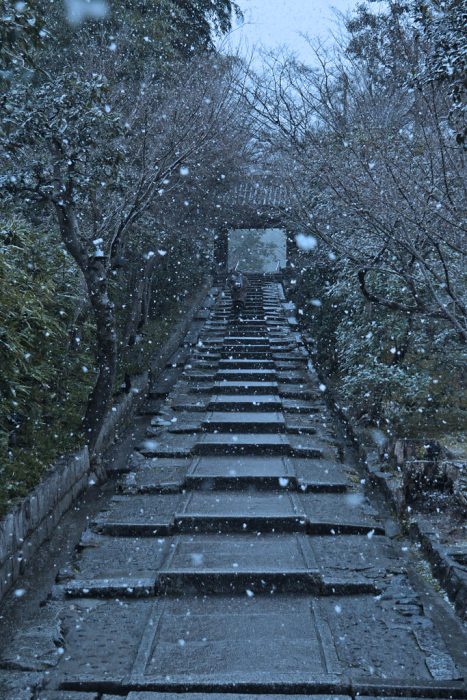
How to get there
- To get to Kodaiji Temple, take the 206 city bus from JR Kyoto Station to Higashiyama Yasui bus stop. 7-minute walk from the stop.
Conclusion
Kodaiji Temple is a sightseeing spot full of highlights, such as art works that showcase the best of Momoyama culture, spectacular views, and beautiful scenery from season to season. Especially during the night time, the temple is enveloped in a fantastic atmosphere, and visitors can enjoy a different kind of attraction than during the daytime. It is definitely worth a visit when sightseeing in Kyoto.
Recommended Spots in the Surrounding Area
